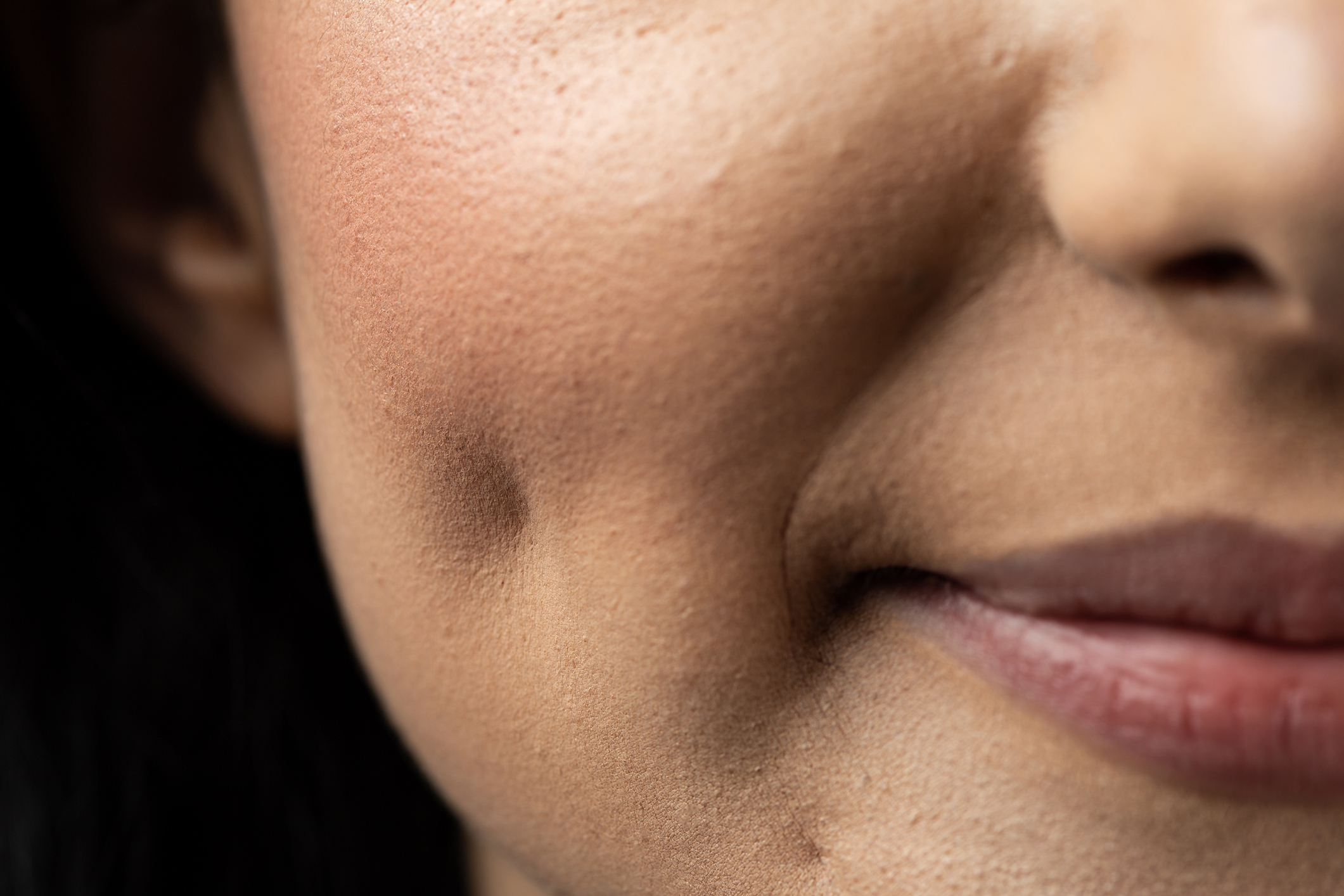Dimples have long been a topic of fascination, often considered a charming feature that enhances a person’s smile. However, there exists a lingering question in both scientific and social circles: are dimples a deformity? This article delves into the biology of dimples, their genetic basis, and cultural perceptions surrounding them, providing a comprehensive understanding of whether they can be classified as deformities or simply unique traits.
To explore this topic, we will examine the genetic mechanisms that lead to the formation of dimples, the various types of dimples, and the differences between dimples and other skin indentations. Furthermore, we will address societal views on dimples, discussing how these perceptions can influence self-esteem and personal identity.
By the end of this article, readers will have a clearer perspective on dimples, equipped with both the scientific background and cultural context necessary to understand why these features are often celebrated rather than stigmatized.
Table of Contents
- What Are Dimples?
- The Genetic Basis of Dimples
- Types of Dimples
- Dimples vs. Other Skin Indentations
- Cultural Perception of Dimples
- Impact of Dimples on Self-Esteem
- Famous People with Dimples
- Conclusion
What Are Dimples?
Dimples are small indentations on the skin, most commonly found on the cheeks. They occur when the underlying muscle structure is altered, resulting in a small dip in the skin's surface. While commonly associated with smiling, dimples can also be present when a person is at rest.
The Genetic Basis of Dimples
Dimples are believed to be a dominant genetic trait. This means that if one parent has dimples, there is a significant chance that their offspring will inherit this characteristic. The genetic mechanism behind dimples is linked to the structure of the facial muscles, particularly the zygomaticus major muscle, which is responsible for smiling.
How Dimples Form
The formation of dimples occurs due to a shortening of the zygomaticus major muscle, resulting in a visible indentation when the muscle contracts. This genetic variation creates the dimpled effect and is a fascinating example of how genetics can influence physical appearance.
Types of Dimples
There are primarily two types of dimples recognized in human anatomy:
- Cheek Dimples: The most common type, found on the cheeks.
- Chin Dimples: Also known as a cleft chin, where a dimple is present on the chin area.
Dimples vs. Other Skin Indentations
While dimples are often viewed as endearing, other types of skin indentations, such as scars or skin conditions, may not carry the same positive connotation. Here are some distinctions between dimples and other skin indentations:
- Dimples are genetic and often considered a charming trait.
- Scars are typically the result of injury or surgery and may carry emotional or psychological weight.
- Skin conditions, such as acne or eczema, can lead to indentations that are often undesirable.
Cultural Perception of Dimples
In many cultures, dimples are regarded as a sign of beauty and youthfulness. They are often celebrated in media and pop culture, contributing to their positive perception. However, societal views can vary significantly across different regions.
Dimples in Different Cultures
In some cultures, such as in parts of Asia, dimples are seen as a symbol of good fortune. In contrast, other cultures may not share the same enthusiasm, viewing them as mere physical anomalies. This disparity highlights how cultural context can shape our understanding of physical traits.
Impact of Dimples on Self-Esteem
The presence of dimples can have varying effects on an individual's self-esteem. For some, dimples can enhance attractiveness and confidence, while others may feel self-conscious about their appearance.
Positive and Negative Effects
It is essential to recognize that beauty standards are subjective. While many admire dimples, others may face teasing or bullying. This underscores the importance of fostering a culture of acceptance and appreciation for diverse physical traits.
Famous People with Dimples
Celebrities and public figures often play a significant role in shaping perceptions of dimples. Some well-known individuals with dimples include:
- Drew Barrymore
- Mario Lopez
- Jessica Alba
- John Legend
Conclusion
In conclusion, dimples are not a deformity but rather a genetic trait that many people find attractive. While they can be perceived differently across cultures, the general consensus leans towards viewing them as endearing rather than undesirable. Understanding the science and perception behind dimples can help foster a more inclusive attitude towards diverse physical features.
We encourage our readers to share their thoughts on dimples in the comments below, and don’t forget to check out our other articles for more intriguing insights into human biology and beauty standards!


